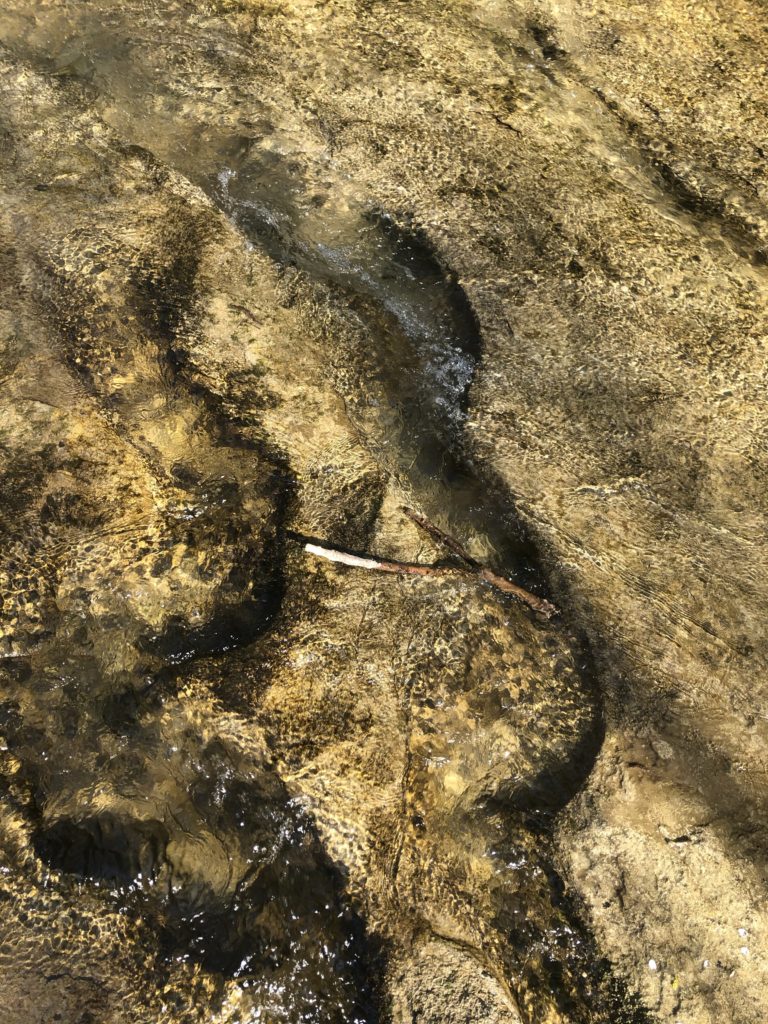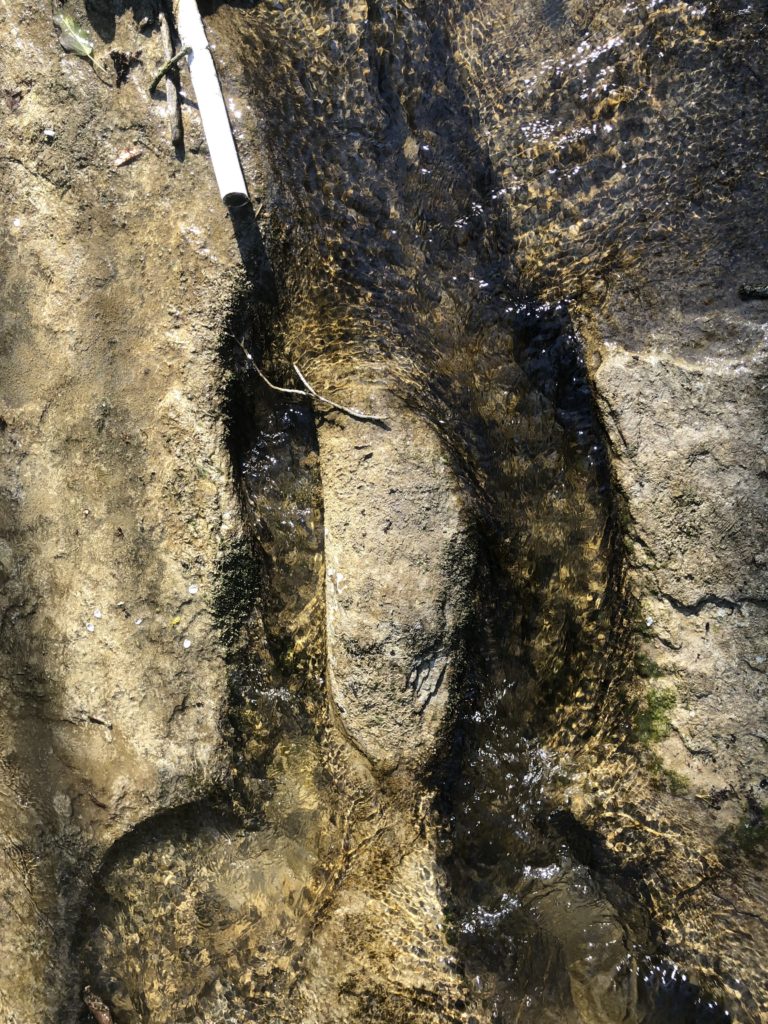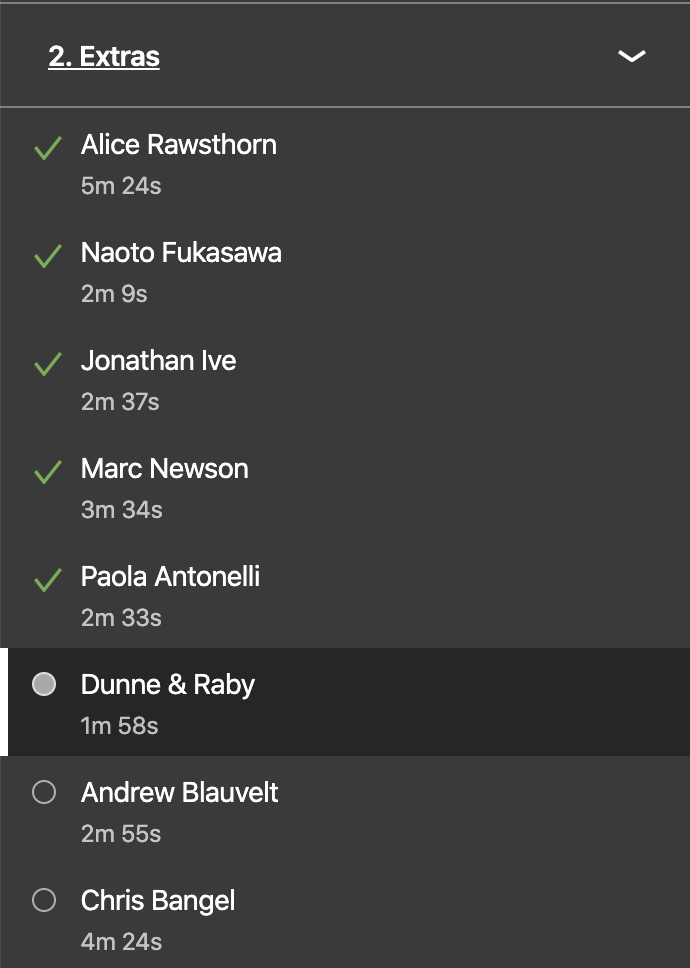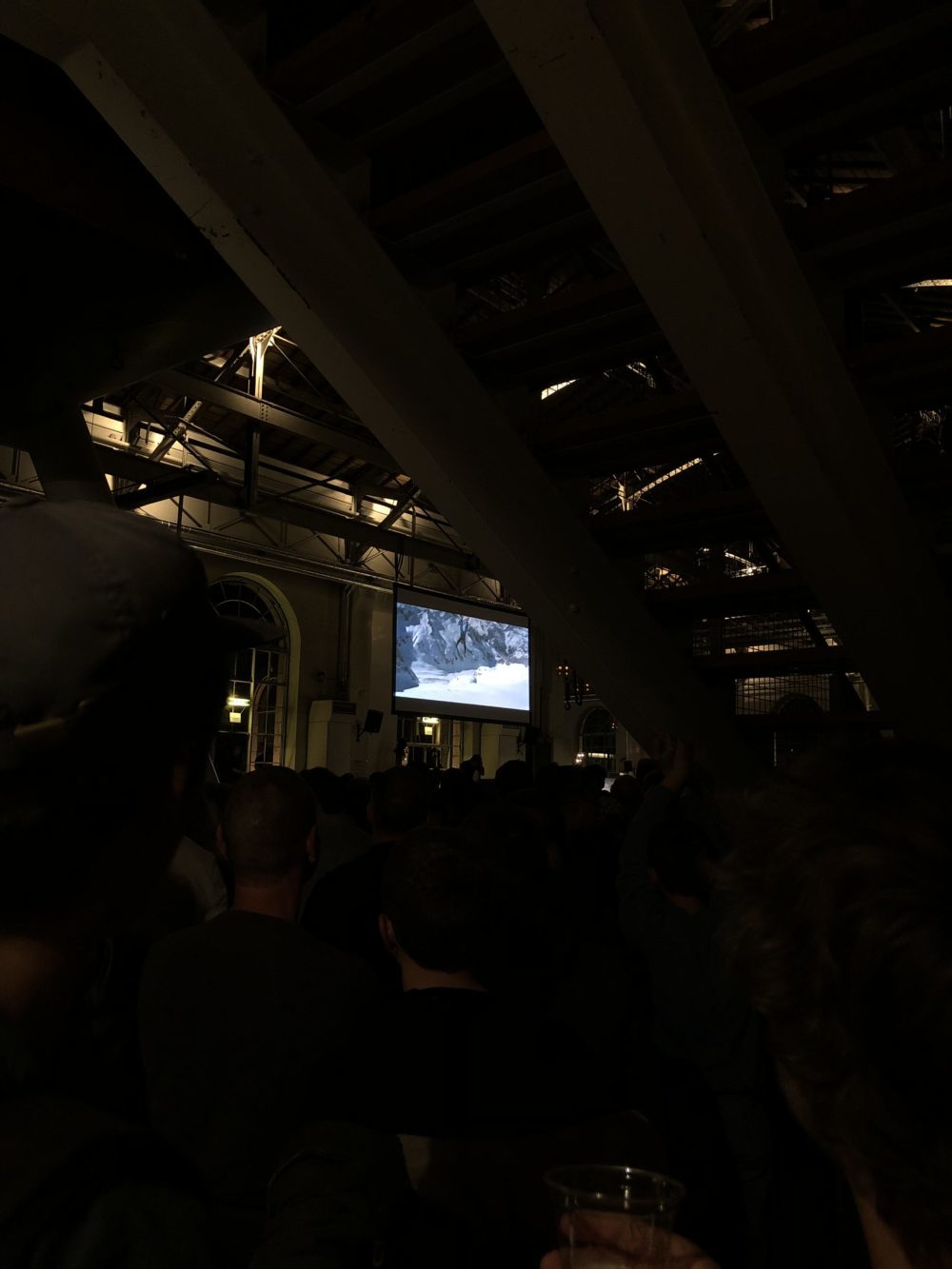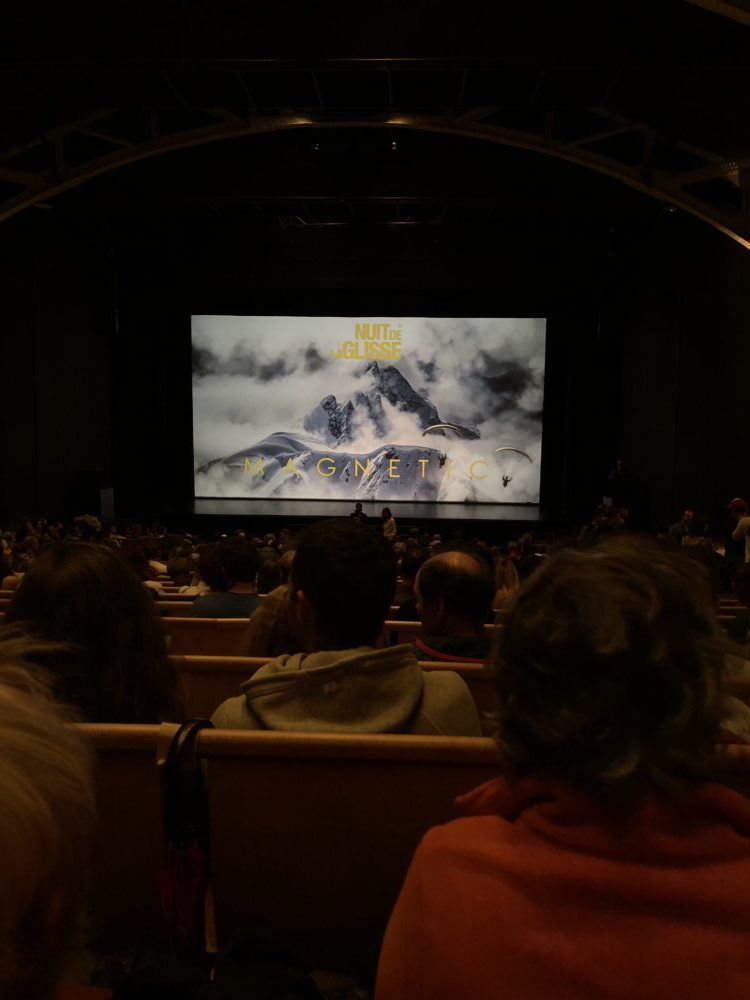Fearless Netflix Documentary
Fearless is a documentary produced by Netflix, exploring the life of bull riders that come from Brazil, to the US to compete in 26 competitions to see who is the best bull rider. This documentary is interesting because, for the most part it is in Portuguese with English subtitles.
Big in Brazil
In Brasil there is an event Barretoswhere 900,000 people, at the time the documentaries were made, go to watch bull riders compete against each other. Bull riding is a unique sport because a person tries to hold on to a bucking bull as it tries to throw the rider off. The rider gets point for style, but so does the bull. If the bull throws the rider off within eight seconds then the rider gets zero points. If the rider stays on then they can get up to 90 points.
Dangerous
The sport is very dangerous because it’s a small human being, on a big bull. They can get thrown and land on their head and break their neck, trampled, headbutted, and more. They can get their arms or legs caught. They risk injury in a multitude of ways. The paradox is that it lasts for eight seconds. All of that danger and risk, for an activity that lasts a few seconds.
If you look at the stats you can see how often bull riders are thrown off their bulls. It’s impressive to see that people fall from two or more meters onto the ground and often walk away. it’s interesting to watch the helpers get in front of the bull to block its path when the rider is bucked off.
It’s a strange sport because the humans are injured, rather than the bulls. The bulls are fine aftre the competition.
Glimpses of How They Train
An aspect of the documentaries that I like is that we see that it’s not just that they ride bulls, and that is it. They train. We see a five or so year old child try riding a calf and get thrown several times. “Do you want to ride again?” “yes”. We also see a slightly older girl practice riding on the barrel. “Stay on, don’t let go” as the barrel mounted on a spring goes forwards and backwards, and from side to side.
We also see how the adults train, how they ride the grown up equivalent of a rodeo bull, how they react, how they “dance” to keep their balance and to negate the movements made by the bull to throw them off.
Fear
Although the documentary series is called Fearless it explores the riders and how they deal with fear, injury and continue riding. They explore how the riders are confident, until they are injured, and how they recover from the injury and it’s physiological and psychological effects. They use the analogy of broken eggs, and how one or two riders get injured, but seem unphased.
One rider speaks about how he retired, and never once missed bull riding. Another questions whether to retire at the end of the season.
And Finally
I am familiar with Razeteurs, bull fighting and the Running of the Bulls. I have even witnessed the running of the bulls in a small village. Bull riding is one version I have never really thought about, because in Europe Bullfighting, bull running and Razeteurs are more common. I watched this documentary by fluke, and I like the subject matter.
It explores family, bull riding in the US and Brazil, about family, life as a migrant in the US, with little to no English, and more. It’s a good subject matter. It is well filmed, well edited, with good use of event commentator and bull rider interviews.



